
Island Day Trips Likuri Island Resort Fiji
10 Most Famous People from Fiji. 1. Brij Vilash Lal Fijian historian, Brij Vilash Lal by ANU TV from Wikimedia Commons Brij Vilash Lal was a historian. He was born on August 21st, 1952. This Indo-Fijian author specialized in the Pacific and Indian indenture systems.
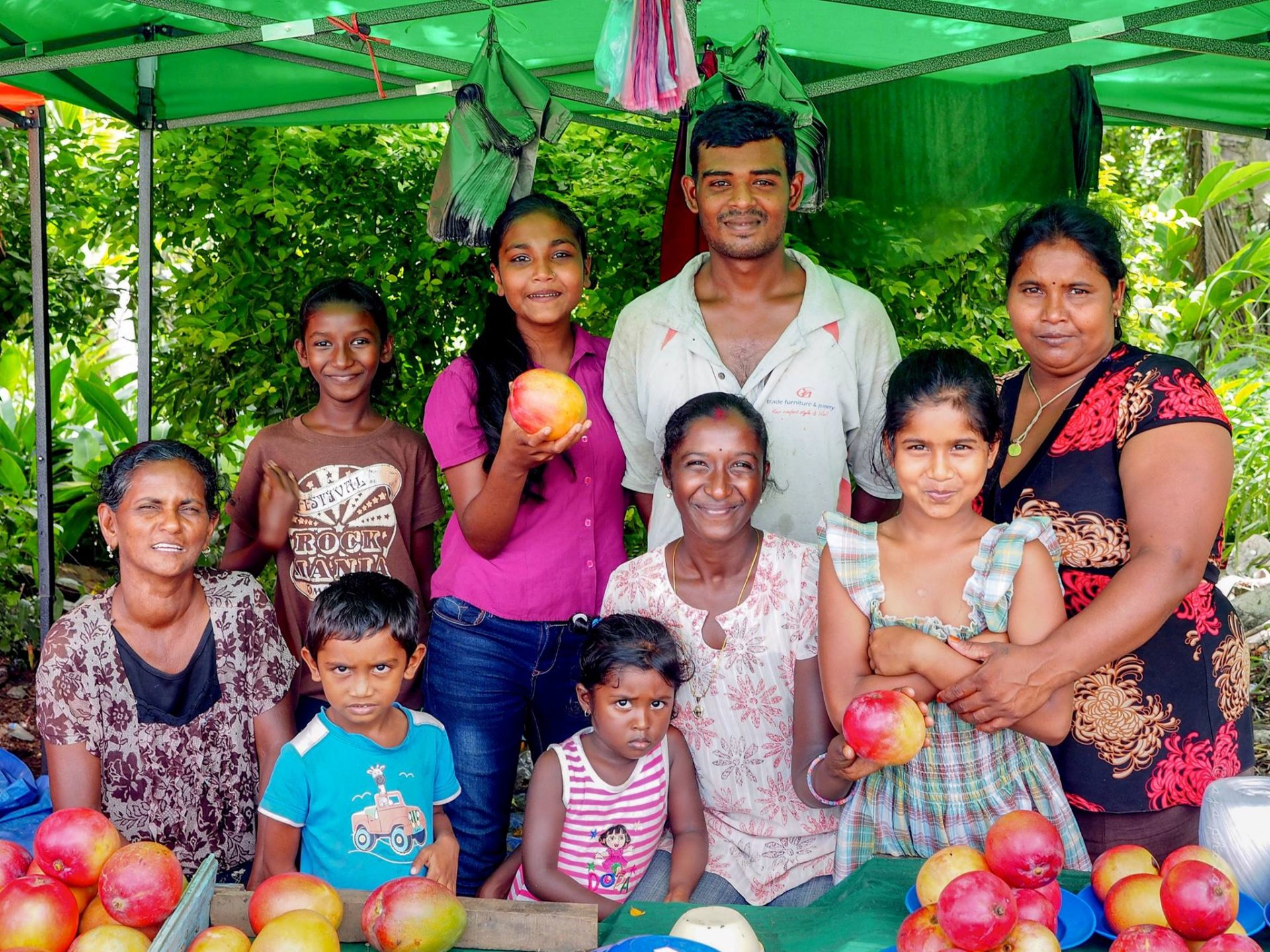
Fiji Culture Fiji Guide The Most Trusted Source On Fiji Travel
Fiji - Melanesian, Colonialism, Independence: When Fiji's first settlers arrived from the islands of Melanesia at least 3,500 years ago, they carried with them a wide range of food plants, the pig, and a style of pottery known as Lapita ware. That pottery is generally associated with peoples who had well-developed skills in navigation and canoe building and were horticulturists.

Fiji, Viti Levu, Viseisei. Portrait of a Fijian man in native costume. Stock Photo Dissolve
Organized through residence and kinship (in the latter case through mataqali, or clans, and residential subclans), Fijians participated in a flexible network of alliances that sometimes brought communities together and at other times caused them to oppose one another.
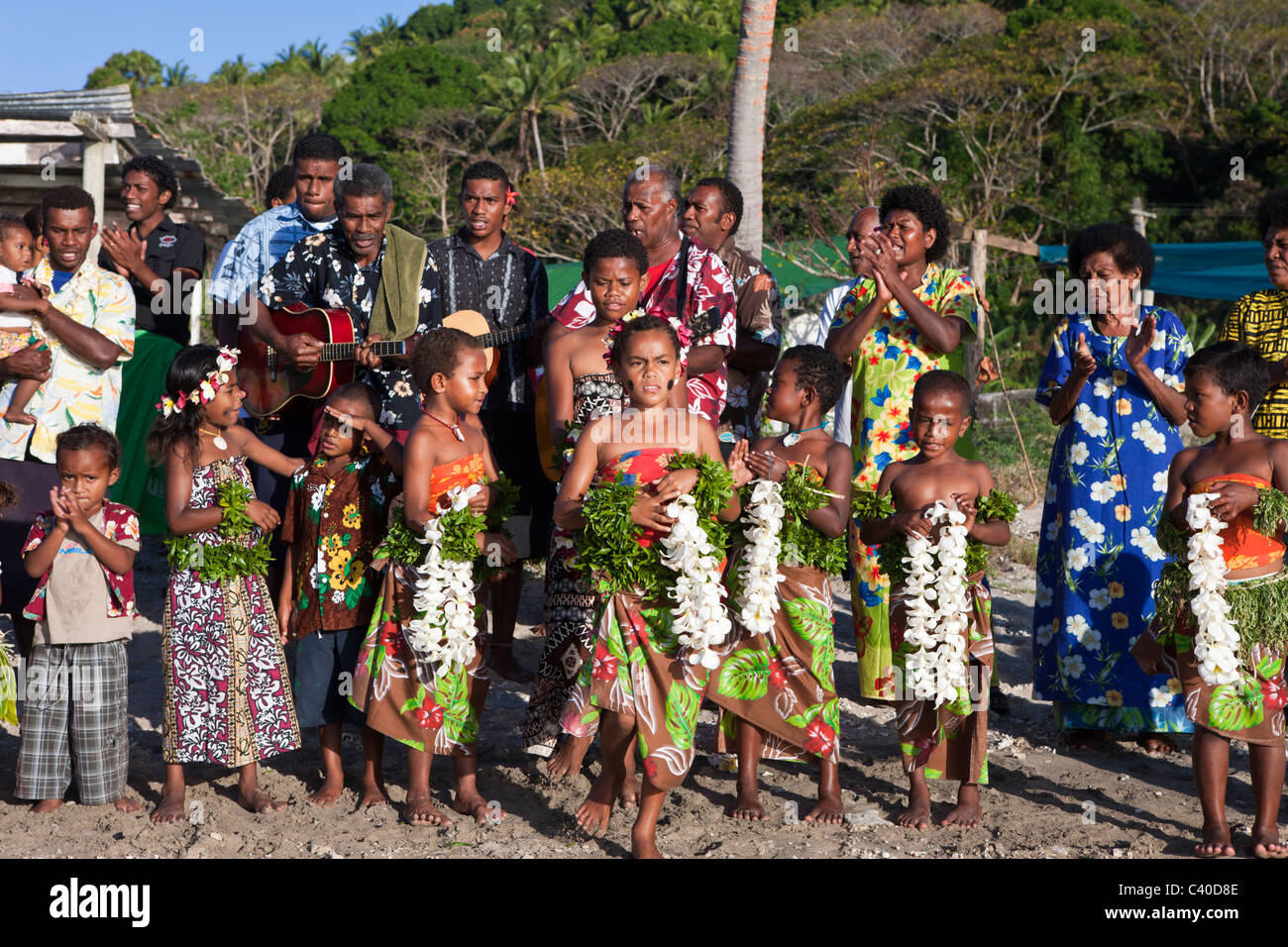
Fiji people hires stock photography and images Alamy
From independence to 1987, Fiji was ruled by a political party dominated by indigenous Fijians (with support from a section of the Indo-Fijian community and the smaller minority communities) headed by a high chief, Ratu Sir Kamisese Mara. A change in government in 1987 brought a multiracial Labor coalition to power.
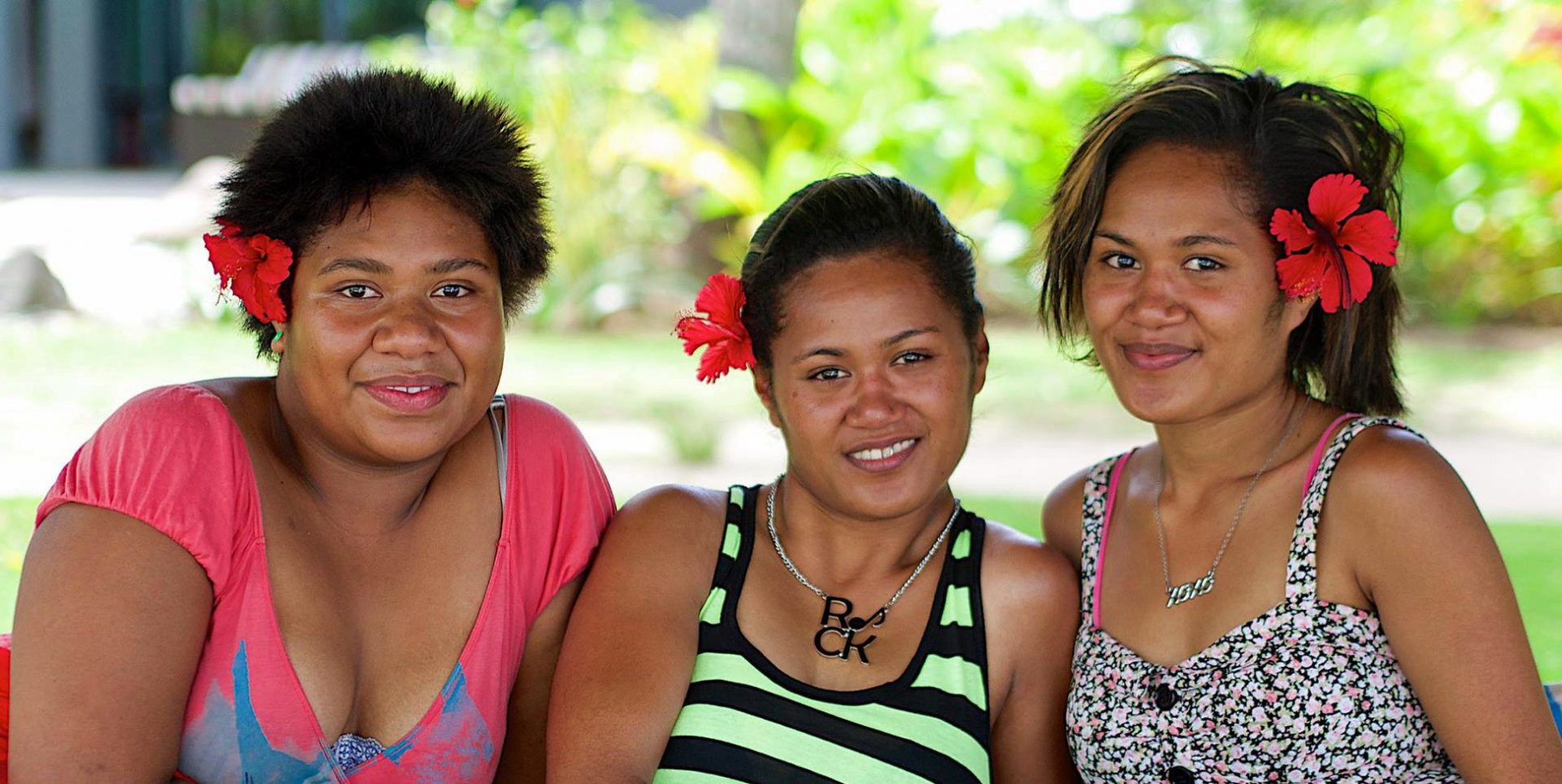
People of Fiji Fiji Guide The Most Trusted Source On Fiji Travel
Fijian Myth and Legend describes the indigenous Fijians of today as descendants of the chief Lutunasobasoba and his tribe that arrived with him on the Kaunitoni canoe. The place of their first landfall was at what is now called Vuda on the northwestern tip of Viti Levu.

10 Fun Facts About Fijian Culture Turtle Island
(November 2023) Fijians ( Fijian: iTaukei, lit. 'Owners (of the land)') are a nation and ethnic group native to Fiji, who speak Fijian and English and share a common history and culture. Fijians, or iTaukei, [8] are the major indigenous people of the Fiji Islands of Melanesia.
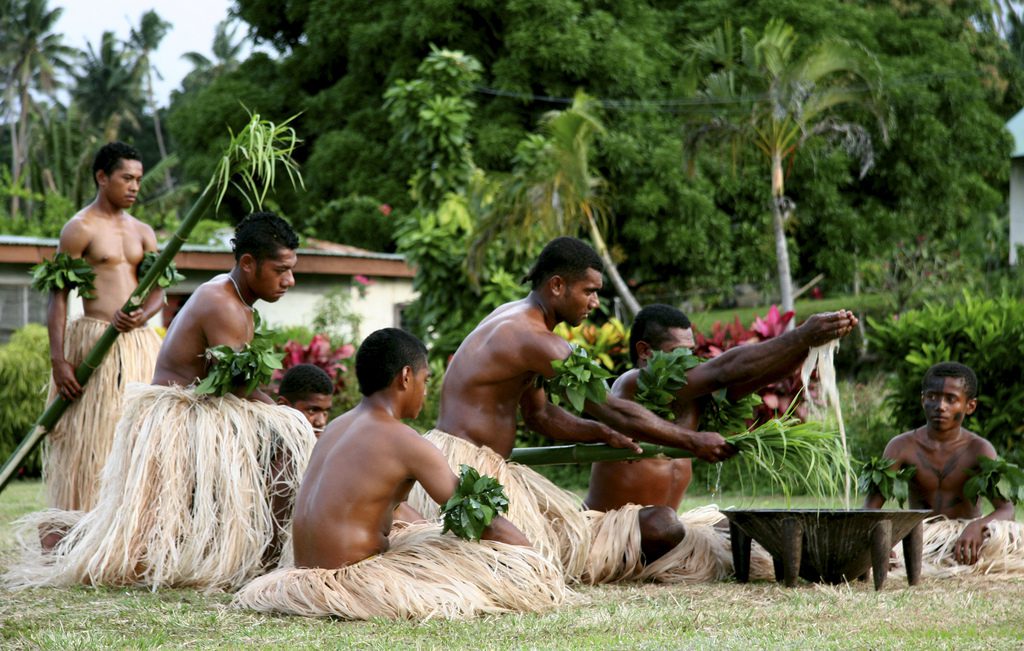
10 Exciting Facts About Fiji 99TravelTips
The culture of Fiji is a tapestry of native Fijian, Indian, European, Chinese, and other nationalities.Culture polity traditions, language, food costume, belief system, architecture, arts, craft, music, dance, and sports will be discussed in this article to give you an indication of Fiji's indigenous community but also the various communities which make up Fiji as a modern culture and living.
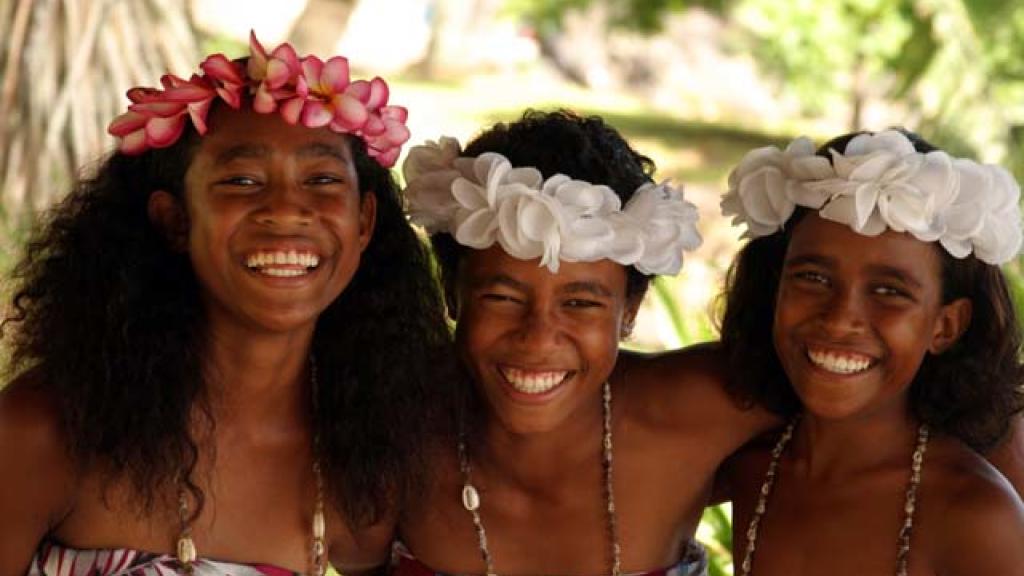
Fiji Bulanaires the People Rich In Happiness
Who are the People of Fiji? It's a bit complex. Fiji is a diverse society comprised mostly of iTaukei -the major group of indigenous people who are an admixture of Melanesian and Polynesian. There are also indigenous Polynesians, who inhabit the island of Rotuma, a Polynesian outlier that is part of the Fiji archipelago.

How to travel solo with a baby in Fiji Fiji people, Fiji, Solo travel
Capital: Suva Population: (2023 est.) 898,000 Head Of State: President: Ratu Wiliame Katonivere Form Of Government: republic with one legislative house (Parliament [50]) 2 See all facts & stats → Recent News Dec. 23, 2023, 10:24 AM ET (ABC News (Australia))

Fijian man at Polynesian Cultural Center, Hawaii Greg Vaughn Photography
Home Explore Oceania Fiji 7 Things to Know Before Visiting Fiji Think of the Fiji islands and you'll rightly imagine a South Pacific paradise of sandy beaches and colorful coral reefs. Here's what to know about travel costs, local traditions, Fijian food, and getting off the beaten track. Facebook Twitter Photo © Chantae Reden

The beautiful people of Fiji Beautiful people, Kids around the world, Fiji islands
History of Fiji. The majority of Fiji 's islands were formed through volcanic activity starting around 150 million years ago. Today, some geothermic activity still occurs on the islands of Vanua Levu and Taveuni. [1] Fiji was settled first by the Lapita culture, around 1,500-1,000 years BC, followed by a large influx of people with.

People of Fiji Fiji Guide The Most Trusted Source On Fiji Travel
Ethnic Fijian women fish, collect shell-fish, weed gardens, and gather firewood; men clear land for gardens, hunt, fish, build houses, and mow the grass around the home and village. Among Indo-Fijians, men and women lead largely separate lives. Women help in the cultivation of rice and sugar.
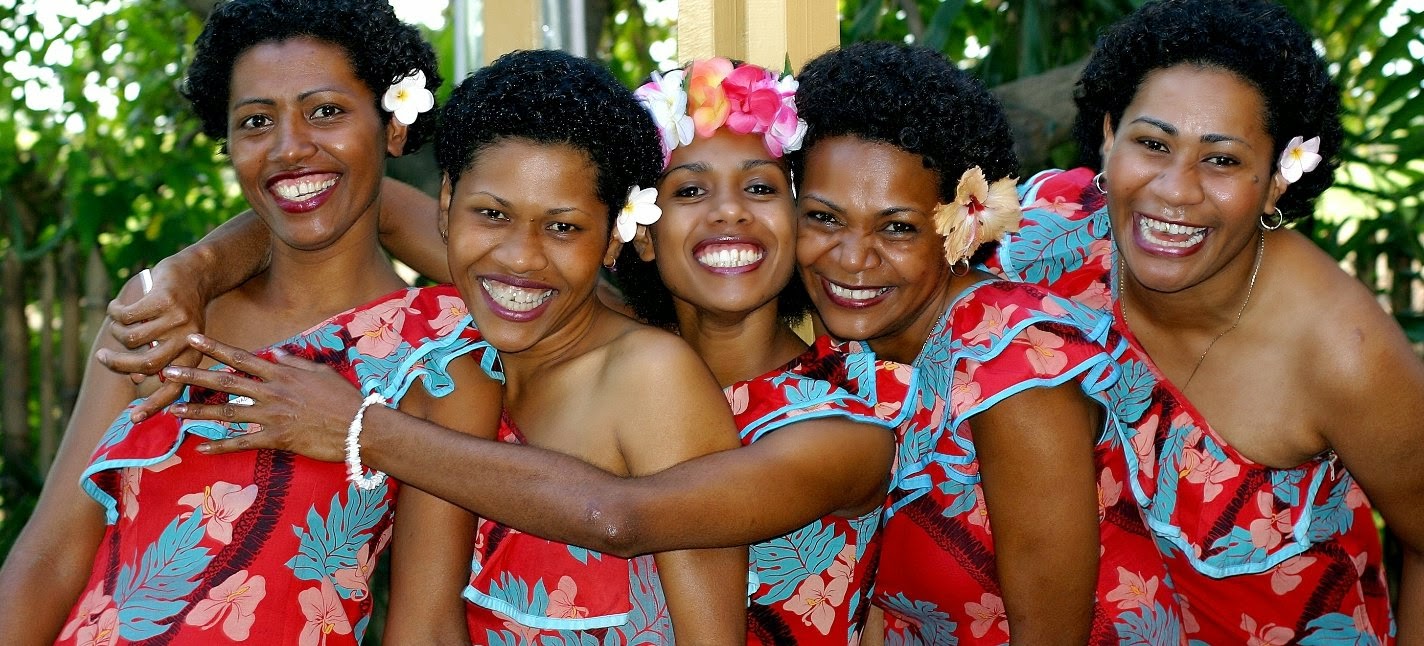
Mari's Travel Blog Fiji March 2015 Fiji Thoughts & Royal Davui Resort
Humans have lived in Fiji since the second millennium BC—first Austronesians and later Melanesians, with some Polynesian influences. Europeans first visited Fiji in the 17th century. [15] In 1874, after a brief period in which Fiji was an independent kingdom, the British established the Colony of Fiji.
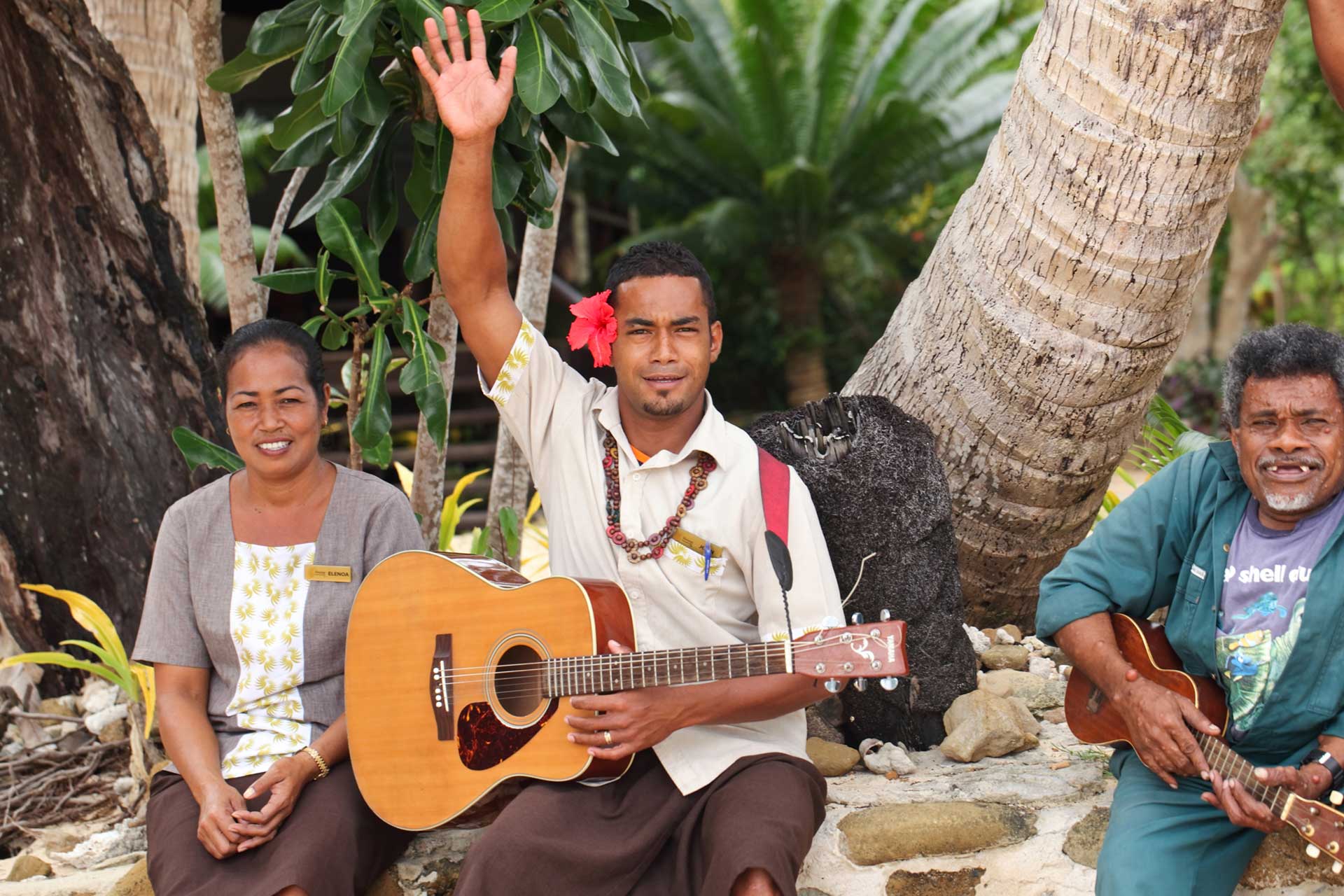
The people of Fiji at Matangi Private Island Resort Fiji
The simple answer is that someone from Fiji is called a Fijian. If your nationality is Fijian, or if you have some cultural, residential, or historical connection to Fiji, then in one sense or another you are Fijian. Humans have inhabited Fiji for millennia, long before the more modern notions of identity and nationality ever arose.

The people of Fiji at Matangi Private Island Resort Fiji
In 2017, the population of Fiji was recorded at 884,887. As for the ethnic makeup of Fiji, this data was not released to the public after the 2017 Census, but according to the 2007 Census data, the ethnic makeup of Fiji is as follows: Fijians - 56.8% Indo-Fijians - 37.5% European - 1.7% Rotuman - 1.2% Chinese - 0.6% Other - 2.2%.
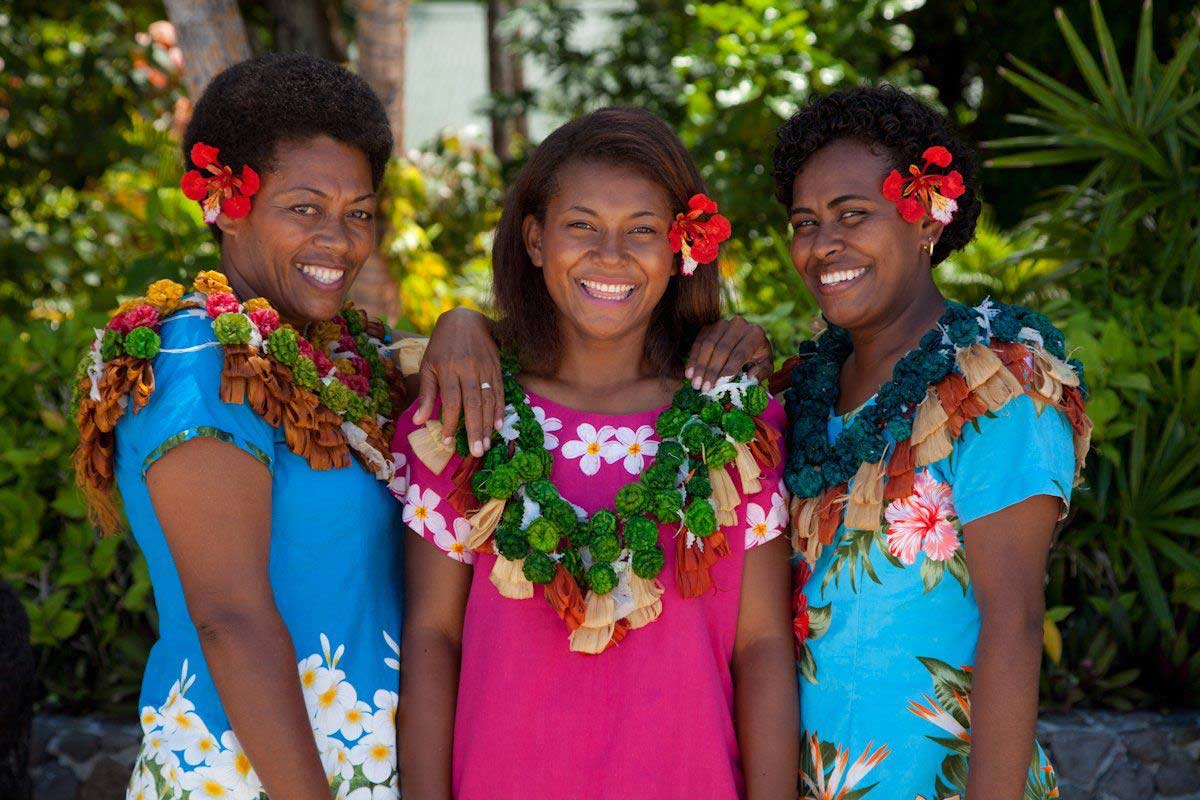
Fijian People Population and Cultural Diversity FijiDream
Almost all indigenous Fijians are Christian, mostly Methodist. Most Indians are Hindu, though a significant minority are Muslim. About one-tenth of the population is Roman Catholic, and there is a small Assemblies of God community. Settlement patterns Suva, Fiji A park in Suva, Fiji. There is little intermarriage between ethnic communities.